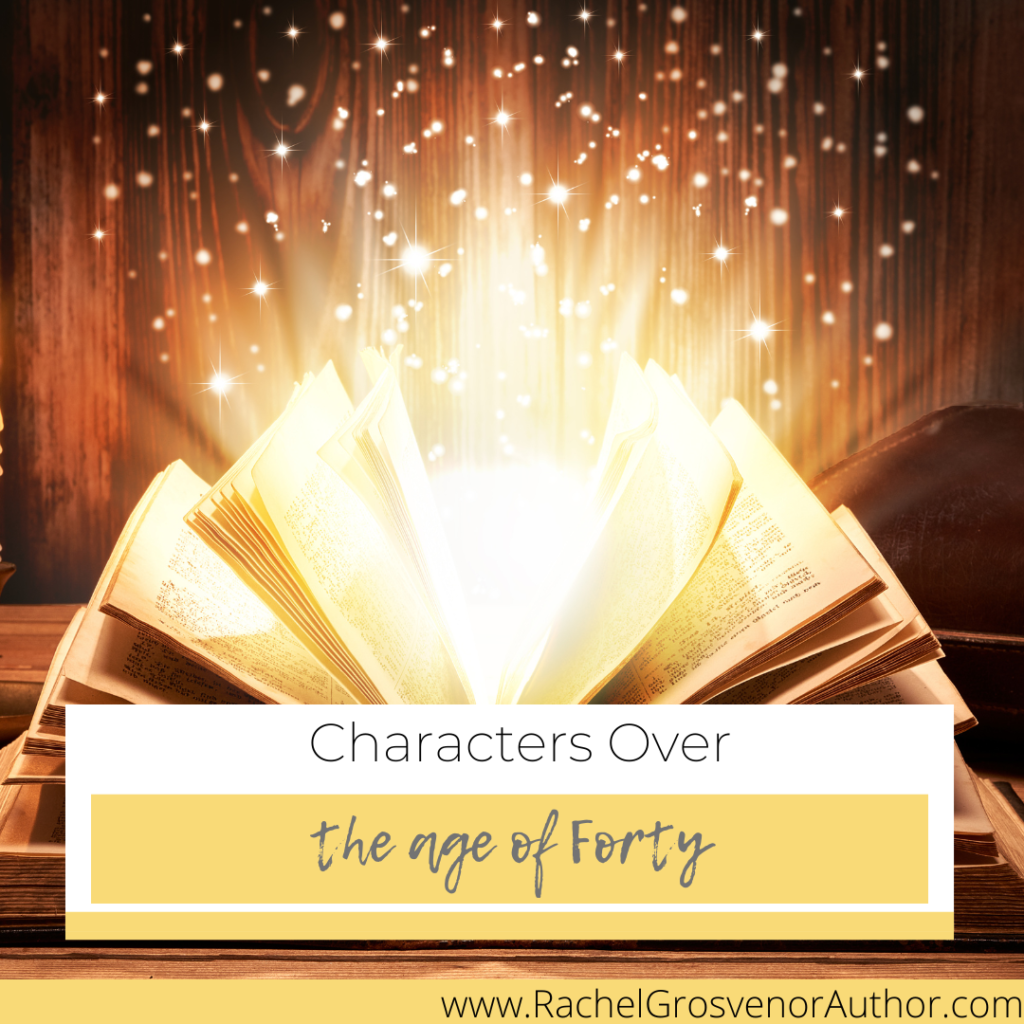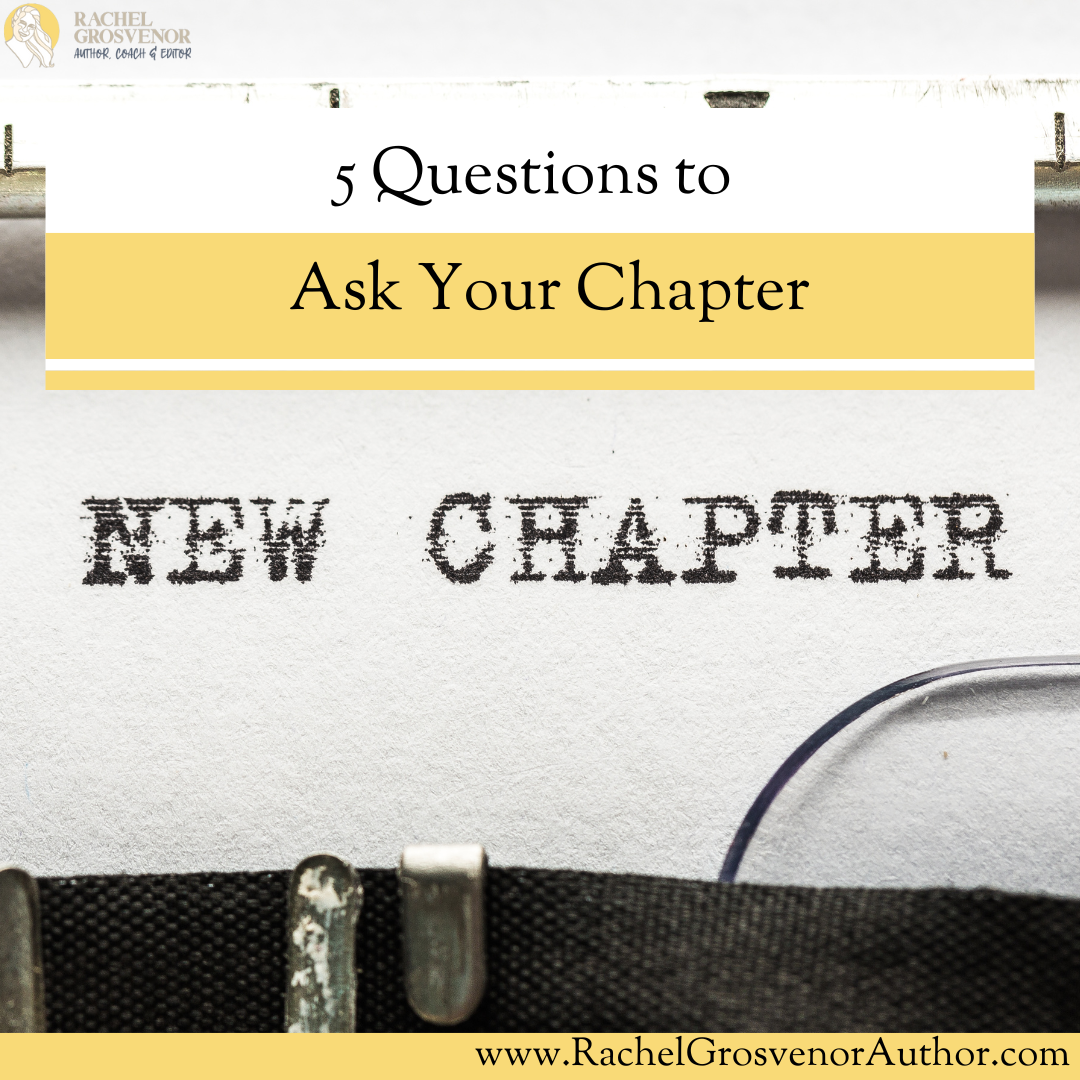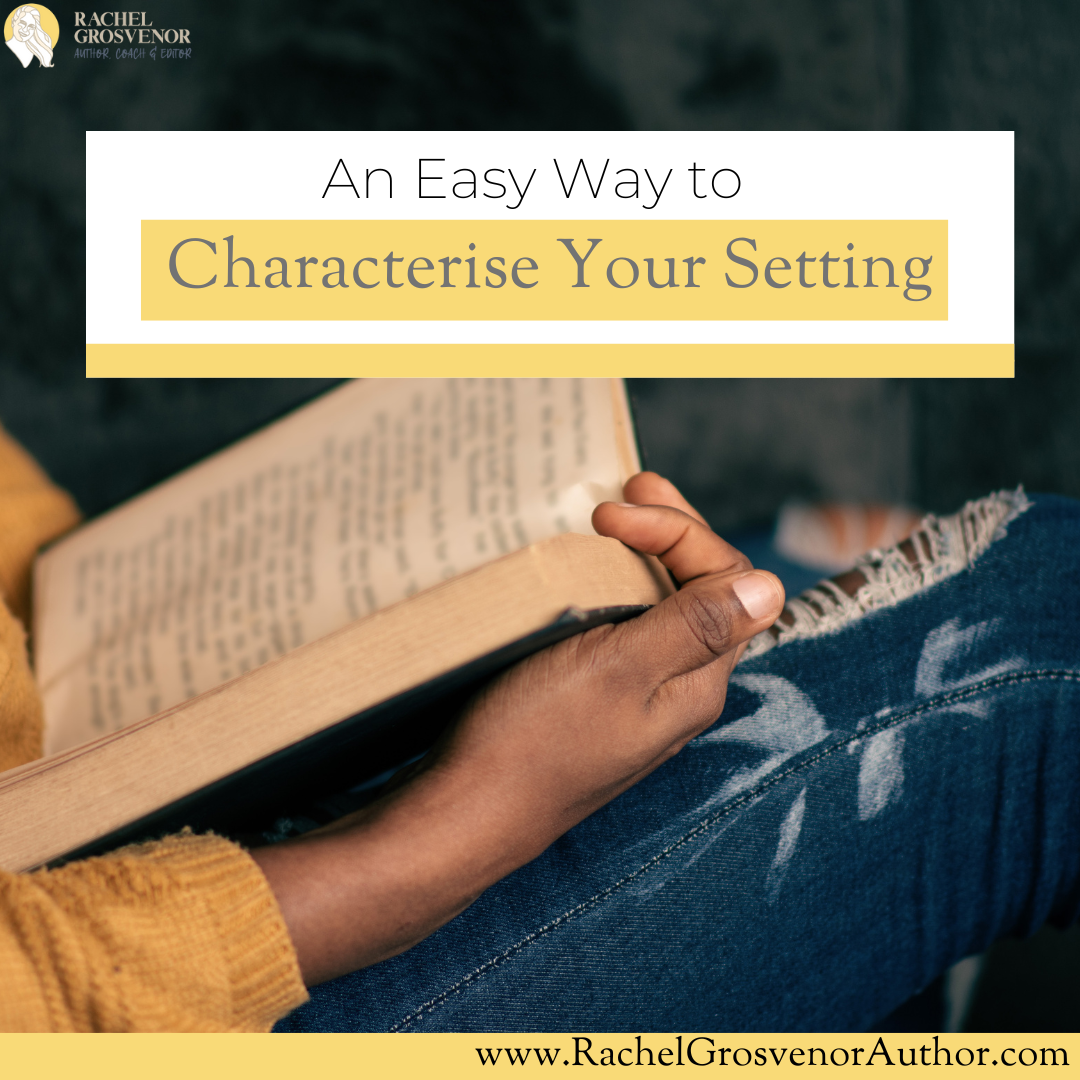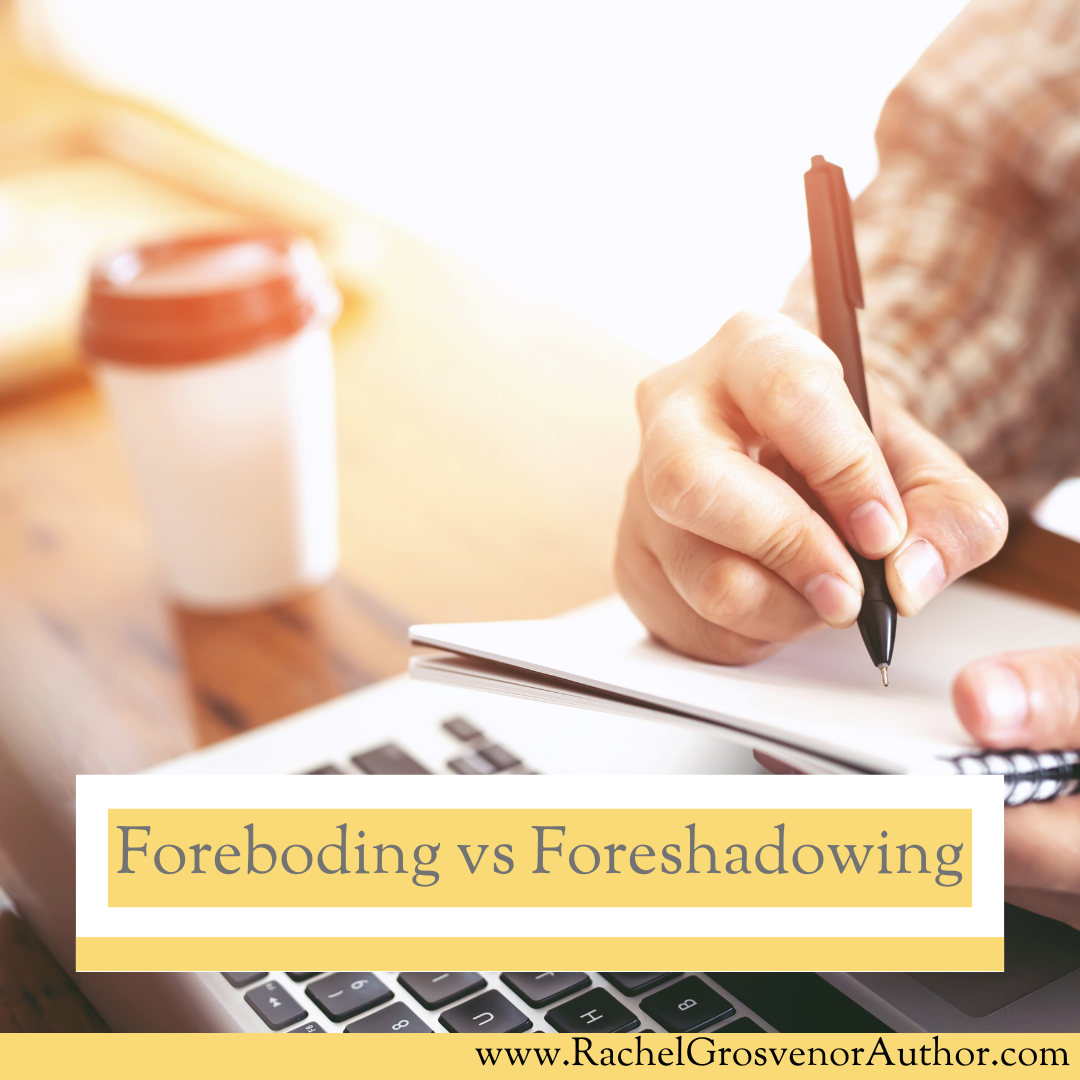If you take a moment to Google ‘Female fiction characters over the age of forty, the first thing that comes up is a sentence that reads, ‘Here are five female characters who can still kick ass, even after forty.’ (McCormack, Five Heroines Over the Age of Forty, Tor.com, Accessed 24/05/23)
It’s the ‘even after’ bit that bothers me, and let me tell you, as a woman who is closer to forty than thirty, I am far more likely to kick ass now than I was when I was twenty years old.
Representations of older women in fiction and on-screen is not a new conversation. Last year, Forbes wrote an article detailing a new report that explained that ‘at about the age of forty, female characters begin to disappear in substantial numbers from broadcast and streaming programs.’ (Elsesser, Women Over 40 Disappear From Television, Forbes.com, Accessed 20/05/23) Is fiction any different? There are some wonderful novels that include older female protagonists out there in the universe that I encourage you to read. However, that doesn’t mean that it’s the norm. With agents recommending to writers that their ‘protagonists age be taken down 20, even 30 years’ (Weldon, Writer’s of a Certain Age, NYTimes.com, Accessed 25/05/23), representation in fiction of how capable older women are is extremely important.
Ageism, (discrimination based on age), can be said to affect women more than men, which leads to a lack of representation of older women in storytelling. Readers have been able to follow the exploits of James Bond since the 1950’s, despite the fact that he himself is over forty. Yes, for the offerings of Sherlock Holmes, we have Miss Marple, but even those characters are treated differently in literature, with Holmes greatly respected by his peers, while Miss Marple is described as an ‘old pussy’ (Christie, A, Nemesis, Collins Crime Club, 1971).
When it came to writing my novel, The Finery, my protagonist came to me first. Professor Wendowleen Cripcot is a centenarian, a retired philosophy lecturer, and a badass. Her creation was driven by a few experiences. Having worked at a university myself for many years, I found that you occupy a strange space as a younger woman. I gained my PhD before I was thirty and found myself routinely tested due to my age. From second-year students sitting beside me at the front of the classroom pre-lecture and asking if I was in my first year, to other doctors repeatedly referring to me as an intern, it was a bizarre experience. I wondered what life would have been like had I stayed in academia. Well, probably something like Professor Cripcot’s experience. She is a woman hardened to the opinions of others, relentlessly confident in herself. In many ways, she is the woman I aspire to be, capable, brave and brazen in the face of threat.
Some of my favourite characters in fiction are older women. Take Granny Weatherwax from Terry Pratchett’s Discworld. Her belief in herself is inspiring, and on the whole, she’s right to have such faith in her abilities. Even her (spoiler alert) death is on her own terms, showing her laying herself to rest in her bed, with the full knowledge that her time has come.
Fiction and literature can have a huge impact on the world and society. One only needs to look at the book bans currently operating in the US to know how much of an impact people believe literature has, irrespective of the real-life implications. In addition, the world of publishing is famously hard to break into, with the odds for getting a novel released sitting at ‘between 1% and 2%’ (Talbot, Odds of Getting Published Statistics, wordsrated.com, Accessed 5/06/23), which leads to the question, who is getting an opportunity to present which characters?
Michael Handrick (Michael Handrick speaks about how the publishing industry needs to change to include more working-class writers, The Bookseller, Accessed 25/06/23) suggests that this is significant, when he says, ‘Literature has long been written and published by a small sector of our society. When that happens, inaccurate and one-dimensional depictions of minorities are a result.’ Though speaking specifically about working-class authors, Handrick’s comment makes a good point — if only a certain type of author is being accepted into traditional publishing, is it having an impact on characterisation in the literary canon?
Without the representation of older women in fiction, we would, quite simply, miss out on a world of wisdom. As author, Elena Ferrante (Elliot, Ferrantissimo, TheMonthly.com, Accessed 04/06/23) says, ‘I wouldn’t recognise myself without women’s struggles, women’s nonfiction, women’s literature — they made me an adult.’ I too, as an author, strive to represent the people I recognise in society. Look at Grandma Moses, who started her career in her seventies and held two honorary doctoral degrees. Badass older women should be on the pages of our books, they surround us in real life, if we take the time to look. Women do not disappear as they age, although it can feel that way, as described by writer Ayelet Waldman prior to her fiftieth birthday (Busch, The Invisibility of Older Women, The Atlantic, Accessed 6/06/23), ‘Suddenly, it’s like I just vanished from the room. And I have to yell so much louder to be seen. … I just want to walk down the street and have someone notice that I exist.’
None of this considers the very real issue of the representation of class and race in fiction and within the publishing industry as a whole. It is imperative that diverse authors and characters are presented to the world of readers, mirroring society. This is a strong reason to support both indie publishing and self-publishing, the former bypassing the gatekeepers to the literature market, and the latter creating their own opportunities to be read.
So, can women kick ass, ‘even after’ forty? You better believe it. If you’re looking to read about one such woman, check out The Finery (released by Fly on the Wall Press). When a totalitarian government starts to tighten its procedures, there’s one woman who can put its leader in his place. That woman is, you guessed it, Professor Wendowleen Cripcot. The Finery is inspired by genuine history, with a sprinkling of fantastical realism, and the older women who show the world just how capable they really are, whether the world is paying attention or not.
Want to read something similar? Check out:











